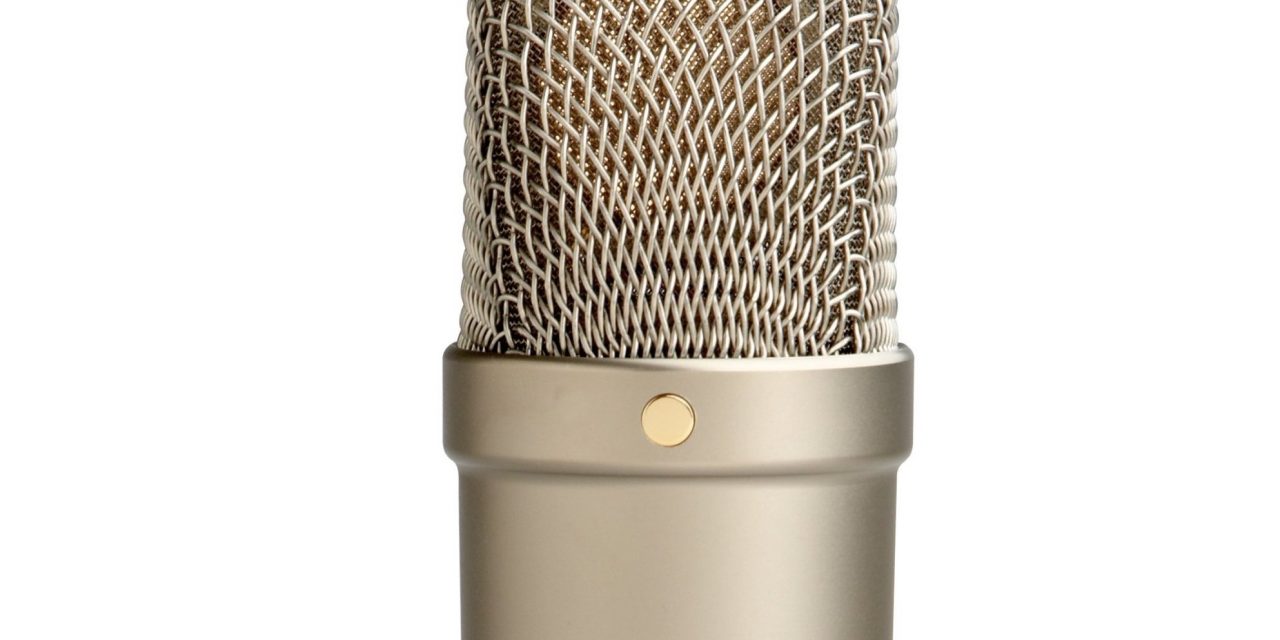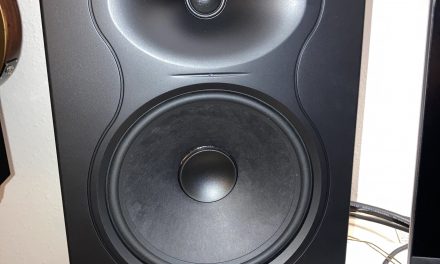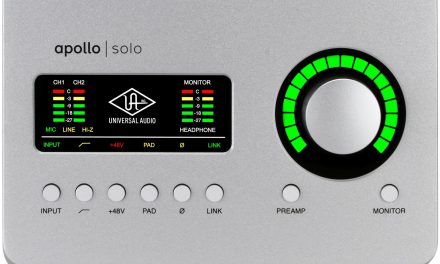I’ve spent the past 35 years looking at maximizing every dollar I spend. Years ago, this was because I didn’t have much money. But now, it’s because I don’t have much money. Or rather, I don’t have much money to spend on music because I am married and have two kids, both in college. And it’s fun to try to figure out the best gear I can afford on a limited budget.
Also, I like to own a lot of tools, so to speak. I’d rather have four good guitars than one Gibson Les Paul Standard. And at the heart of my decision making is based on the famous 80/20 rule. In terms of home recording, this means you can get 80% of the quality of the expensive stuff for 20% of the price. And no one but a mixing engineer will hear the difference in your recordings, if you know what you’re doing.
When it comes to home studio gear, here’s the deal: there’s a lot of people wasting money on stuff they don’t really need. Here’s a list of common studio items where people overspend. Don’t get me wrong – if I had an unlimited budget, I’d buy the pricey gear too.
- A/D – D/A Converter. You need to convert your microphone/guitar/whatever signal into digital so your computer can understand it. For around $100 to $120, you can get a very good sounding box. I use the popular Focusrite 2i2, which has two channels. You see people buying Universal Audio stuff Apogee stuff for 80% more money and think “wow, those must sound night and day better.” No, they don’t. They sound a little better for 80% more money.
- Software. There IS no better bargain in the DAW world than Logic Pro X. For $199, it gives you pretty much everything you’ll need to do anything. People with Pro Tool rigs spend more than that annually for just Pro Tools, and usually have to buy tons of extra Waves plugins and synth plugins. And don’t forget about the cost of something like Virtual Drummer, which you won’t need in Logic. PC users spend 80% more money in the long run. They do make up some of the money by using a PC instead of a Mac, which is up to half the price. But over a 5 year period, it’s still cheaper to run a Mac with Logic Pro X than a PC with a Pro Tools subscription and all the extra plugins you’ll need. Also, Logic Pro X is twice as easy to compose music on as Pro Tools.
- Guitar Amp. It pains me to say this, but you can get 80% of the way to a thousand dollar tube amp with Amplitube 4 or even the guitar amp sims in Logic Pro X. I don’t go that route, because I love tube amps. But if you are on a serious budget, you can save a lot of money using digital amp sims in your recordings.
- Monitors. For around $400 to $600, you can get a pair of pretty good powered monitors. That’s chump change compared to what big studios use, but they’re absolutely fine for home recording. If you don’t even have that kind of money, here’s a crazy tip: Goodwill. I bought a Sony Receiver for $6 there recently, as well as a set of Kenwood bookshelf speakers with 8 inch woofers for $6. For $12, I got a decent sounding stereo. I have it connected to my TV, and it’s a crazy massive improvement over the internal TV speakers. Could I mix on this $12 outfit? Yeah, if I got to know the speakers. It’s less than ideal, but no one can tell me they don’t have 12 bucks.
- Headphones. I see people with $300 headphones in these home studio tours, and if you have to wear headphones all day, that makes sense. But if you just use them for tracking, grab a set of AKG K240 headphones. You can get them for around $70 and they sound good and are great for tracking.
- Outboard gear. Home studio owners love to have a rack of outboard gear because it looks cool, but it’s a good way to piss away your money. Plugins are 80% as good for 20% (or less) than the price. You don’t need a compressor or an eq. The plugins in Logic Pro X are better than the cheap rack mount stuff, and the good rack mount stuff is going to cost an arm and a leg. I DO like to record with compression on the vocal, but that’s not what I print. So I use an Alesis 3630 compressor for the monitor vocal and print the non-compressed signal. Today’s AD converters are good enough that you can apply compression later and not worry about noise.
- Audio Desk. You don’t need to drop $800 on a desk. If you look around, you can find a regular home desk that’ll meet your needs for not that much money. The size of your desk won’t show up in your mix.
- DAW controllers. If you have an iPad, you can buy dirt cheap software (or use Apple’s free software) to give you faders and transport controls. I have an old iPad 3 that I use as a mixing interface. Didn’t need to drop $800 on a hardware controller with automated faders. That stuff is fun and looks cool, but it’s not a smart way to spend money because it too won’t show up in your mix.
- Cables. Don’t buy $50 guitar cables. Instead, adjust the knobs on your amp or DAW, and don’t daisy chain 8 pedals together that you’re not even using.
- Microphones. The biggest tip on the list. For $100 you can get a decent sounding vocal mic. For $200 you can get a Rhode NT1-A and get 80% of the sound of a $2,000 mic. I’d recommend a Rhode NT1-A and a Shure SM57. Between those two mics, for a total of $300, you can record everything except a real piano or a real drum set.
Some general disclaimers – If you already own a kick ass PC, you should look into Reaper, which is a damn good DAW for less than a hundred bucks. There’s also a free version of Pro Tools with a 16 track limit. I use Mac and Windows at work and at home. For web design, video, and music, the Mac is better. For gaming and servers, Windows is better. Actually, for servers, Linux is better, but that’s still a PC. Choose the best tool for the job and forget about computer snobbery from either platform. They’re best at different things.




